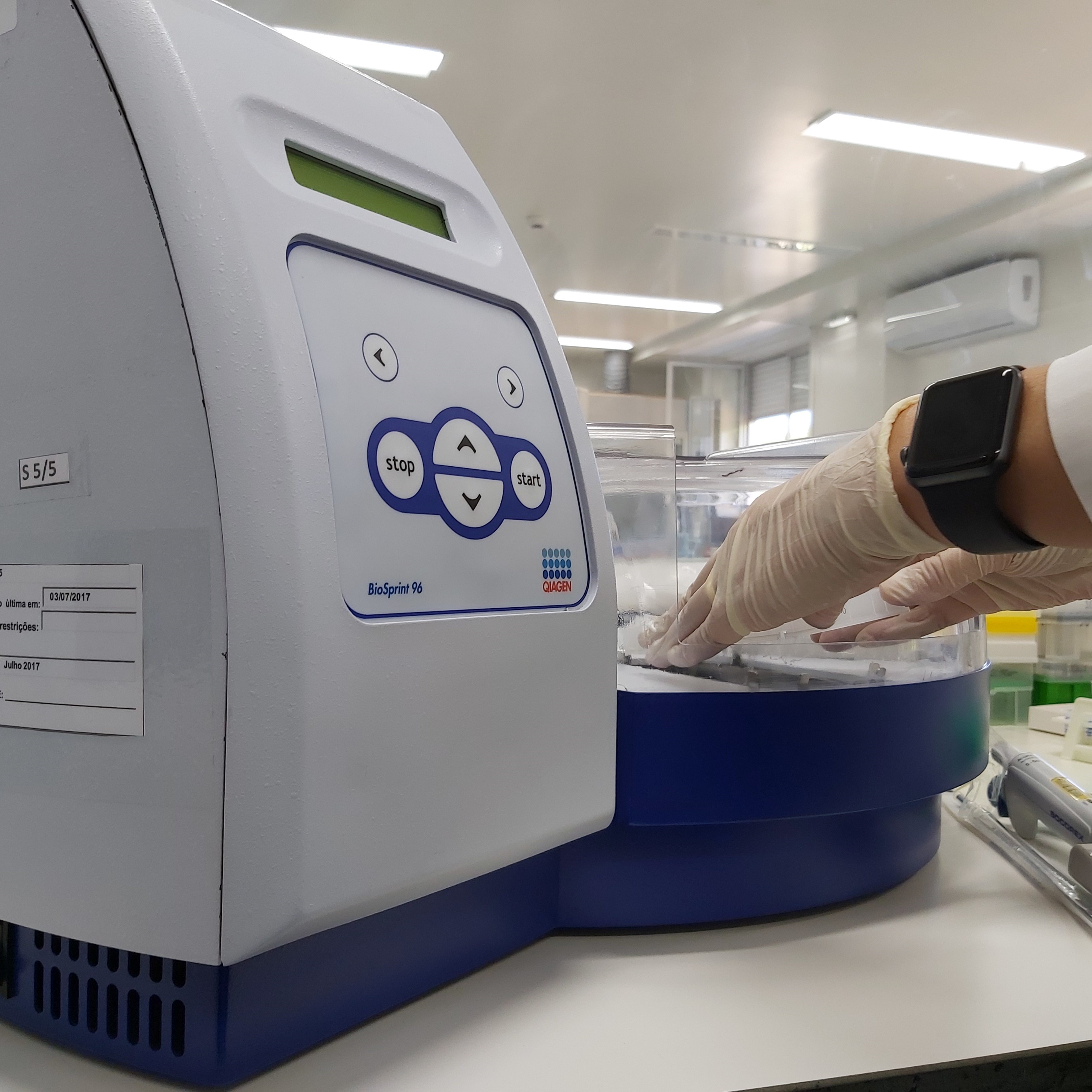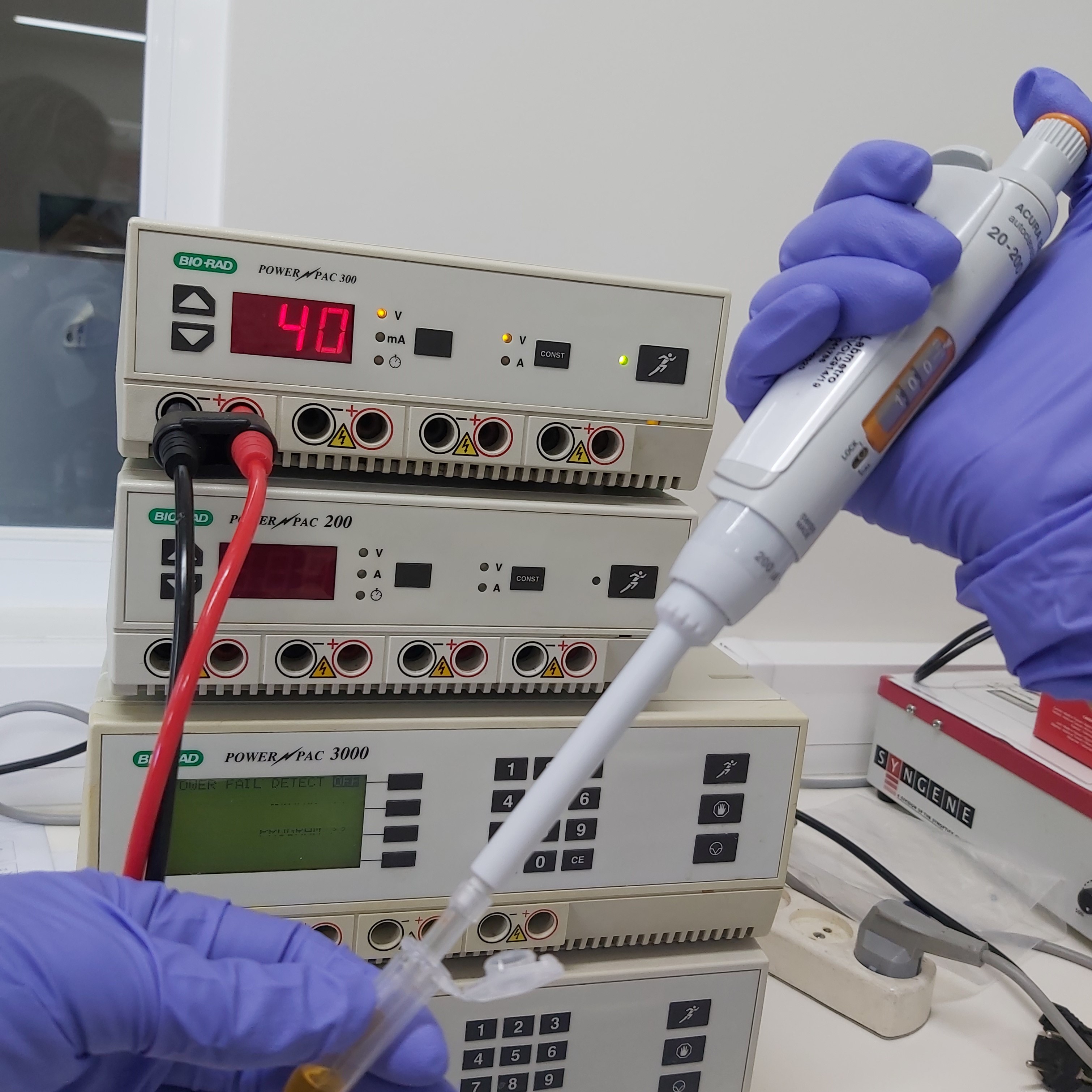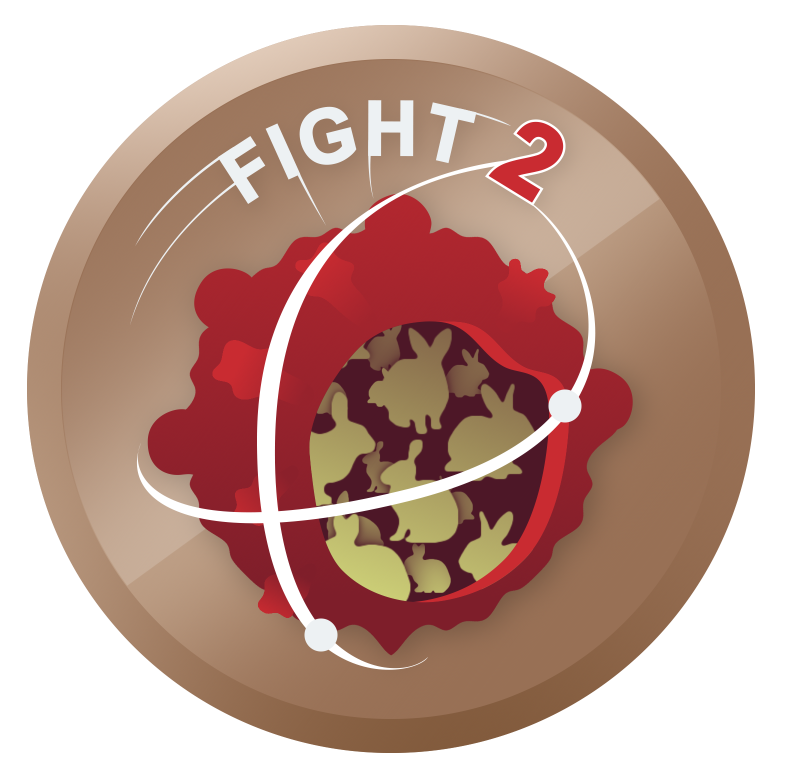Project Activities
Photo:iBET
Construction of recombinant plasmids containing the RHDV2-vp60 gene
The project team decoded the genetic information of field RHDV2 strains to better understand the evolution of the virus, essential for the development of an effective oral vaccine against RHD in rabbits. A bank of RHDV2 sequences was obtained from sick animals diagnosed, since 2013, and within the scope of the “+ Coelho” projects, since mid-2017.
In this activity, several recombinant plasmids are constructed that integrate the vp60 gene from a subset of strains, representative of the viruses that circulate in the field.
In this plasmid, the vp60 gene is flanked by regions conserved in the baculovirus.
When insect cells are simultaneously transfected by these plasmids and by baculovirus DNA, recombinant viruses are generated as a result of homologous recombination between the regions present in the plasmid and viral DNA.
The system allows only the multiplication of recombinant viruses, since the baculovirus DNA does not have an essential gene, which is recovered if recombination occurs.
The milestone of Activity 1 will be the successful construction of a recombinant plasmid containing the vp60 gene of selected RHDV2 strains.
Partners: INIAV - IBET
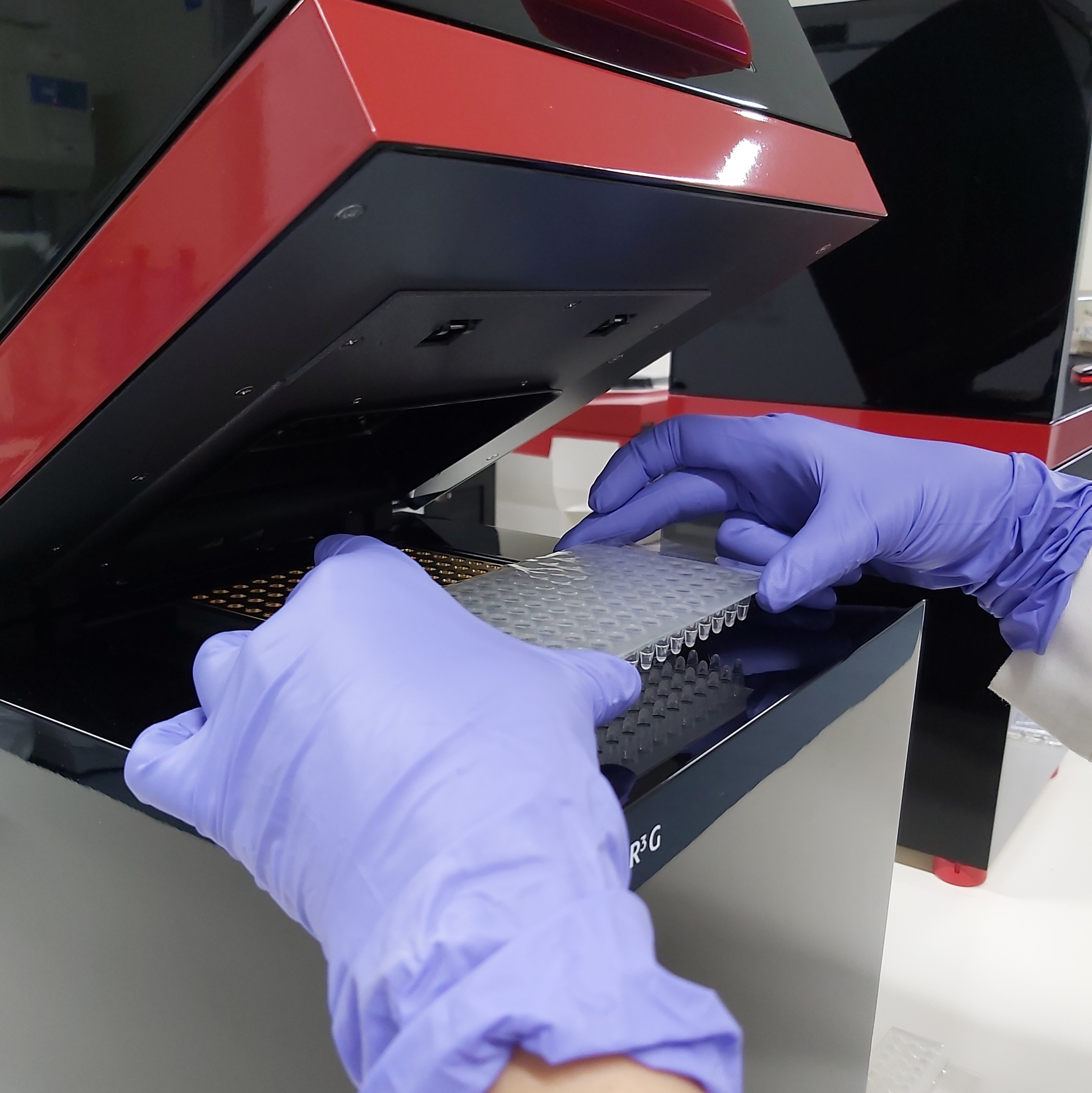 |
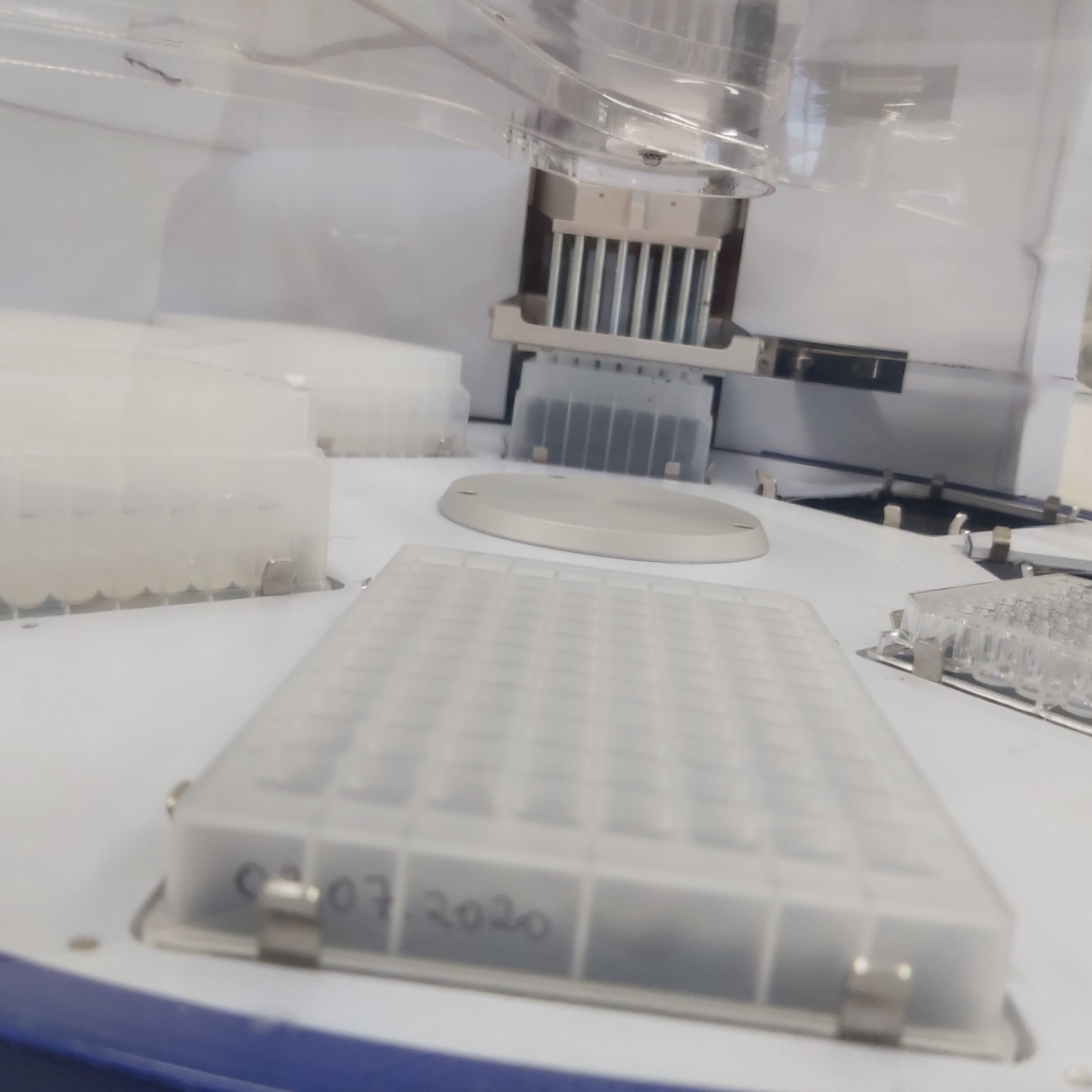 |
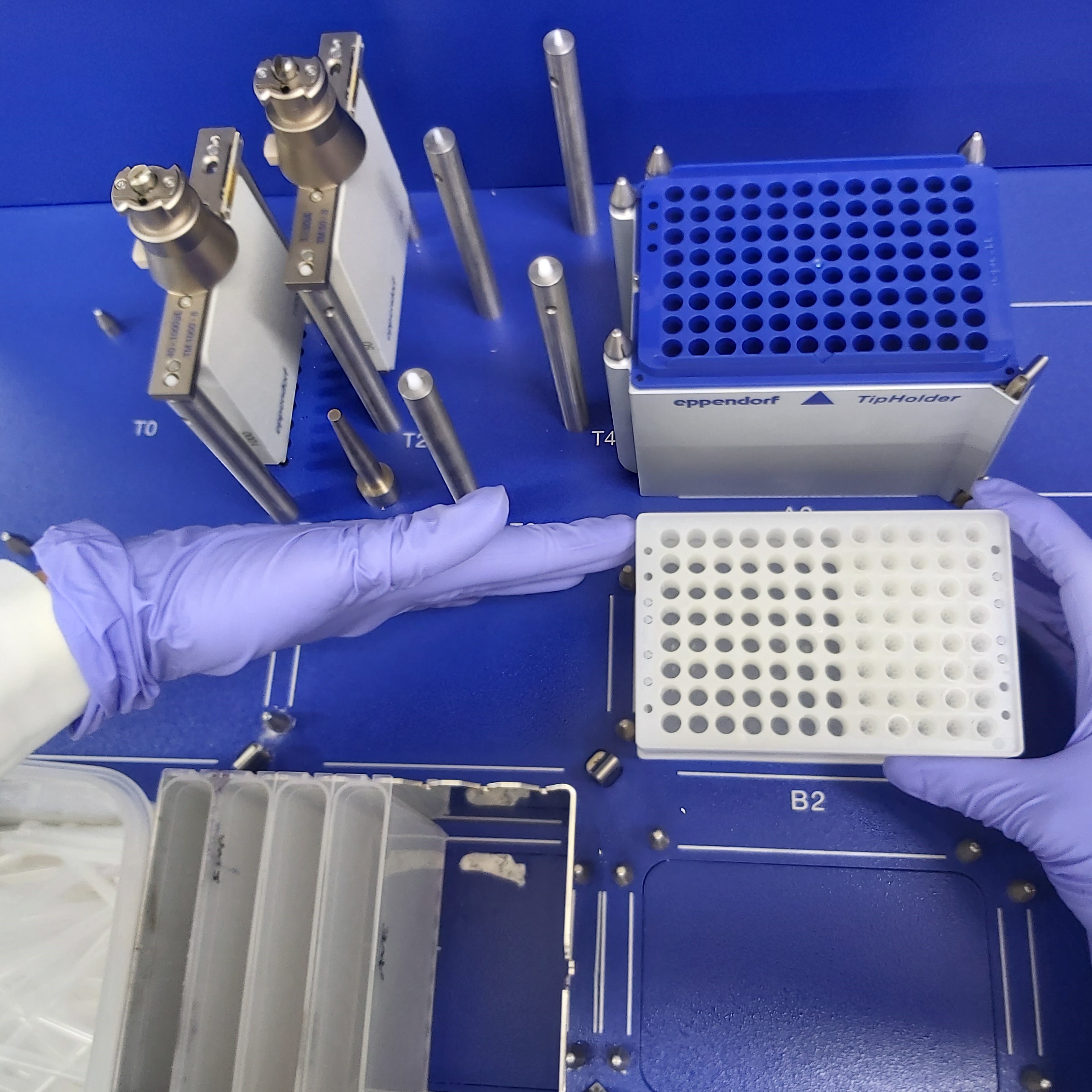 |
Construction of recombinant plasmids containing the RHDV2-vp60 gene.
The project team decoded the genetic information of field RHDV2 strains to better understand the evolution of the virus, essential for the development of an effective oral vaccine against RHD in rabbits. A bank of RHDV2 sequences was obtained from sick animals diagnosed, since 2013, and within the scope of the “+ Coelho” projects, since mid-2017.
In this activity, several recombinant plasmids are constructed that integrate the vp60 gene from a subset of strains, representative of the viruses that circulate in the field.
In this plasmid, the vp60 gene is flanked by regions conserved in the baculovirus.
When insect cells are simultaneously transfected by these plasmids and by baculovirus DNA, recombinant viruses are generated as a result of homologous recombination between the regions present in the plasmid and viral DNA.
The system allows only the multiplication of recombinant viruses, since the baculovirus DNA does not have an essential gene, which is recovered if recombination occurs.
The milestone of Activity 1 will be the successful construction of a recombinant plasmid containing the vp60 gene of selected RHDV2 strains.
Partners: INIAV - IBET
 |
 |
 |
<
Production and purification of RHDV2 VP60-VLPs; Structural and functional evaluation of VP60-VLPs.
For the production of the VP60-VLPs, recombinant baculoviruses are multiplied in insect cells where the post-translational modifications necessary to generate active immunological VP60-VLPs will occur.
Partner iBET will assemble a low-cost platform for production and purification of target VP60-VLPs in sufficient quantity and quality for subsequent immunization studies.
The morphologic similarity of the VLP particles to native virions will be confirmed by electron microscopy. The VP60-VLPs ability to agglutinate human group O erythrocytes (necessary for seroconversion kinetic curves’ construction) will be evaluated during this activity. The VP60-VLPs will be tested for their capacity to be recognized by an anti-RHDV2 serum by Western blot.
The milestone of Activity 2 is the production and purification of VP60-VPLs, necessary for the development of other activities.
Partners: INIAV - IBET






Production of an immune serum against RHDV2 in a domestic rabbit using a commercial vaccine; Implementation of the test of Inhibition of Haemagllutination HI (according to the OIE manual) and development of an indirect ELISA (I-ELISA) for the specific detection of RHDV2 antibodies developed in orally inoculated rabbits.
In this activity, rabbit anti-RHDV2 and anti-RHDV immune sera will be produced by immunizing domestic rabbits with commercial inactivated vaccines. Blood samples will be collected prior immunization and tested.
The Inhibition of Haemagglutination (HI) test will be carried out according to the OIE terrestrial manual.
Antigen will be prepared from infected rabbit liver. The standard procedure recommended by the OIE Terrestrial Manual will be followed.
The recombinant VLP proteins obtained in Activity 2, will be used to develop an indirect ELISA (I-ELISA) to allow following the immunological response of the rabbits. The I-ELISA is more practical and robust then HI test, and will allow the construction of the seroconversion curves obtained for the orally inoculated animals.
The results obtained with this I-ELISA will be compared with those obtained with the HI test.
The milestone 1 of Activity 3 is the obtainment of anti-RHDV2 polyclonal serum produced in a domestic rabbit, a biological reagent necessary to develop serological tests.
The milestone 2 of Activity 3 is an Indirect ELISA test that will be used to determine the antibody curves following oral vaccination.
The milestone 3 of Activity 3 is the implementation of the HI test at INIAV, according to the OIE instructions.
Partners: INIAV
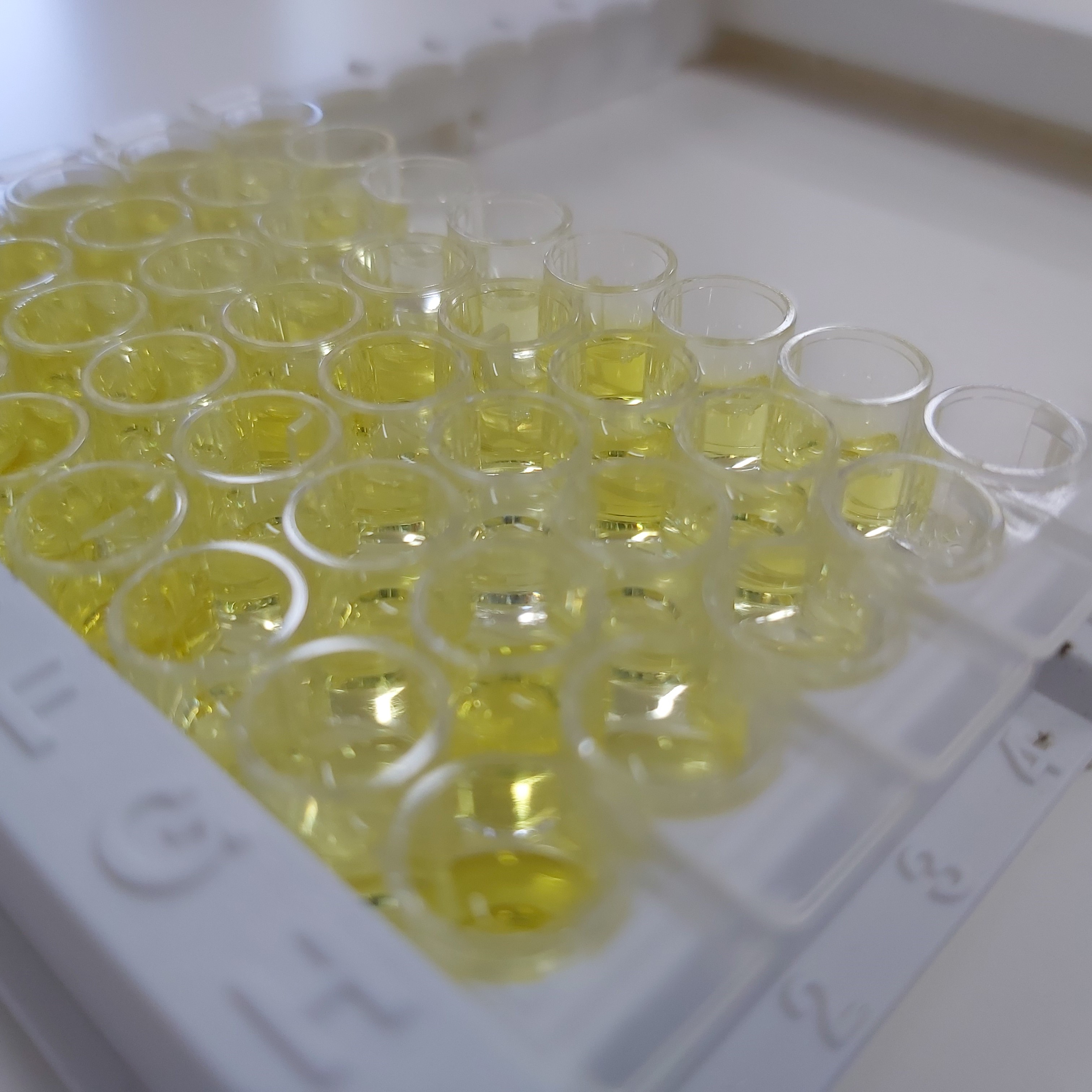
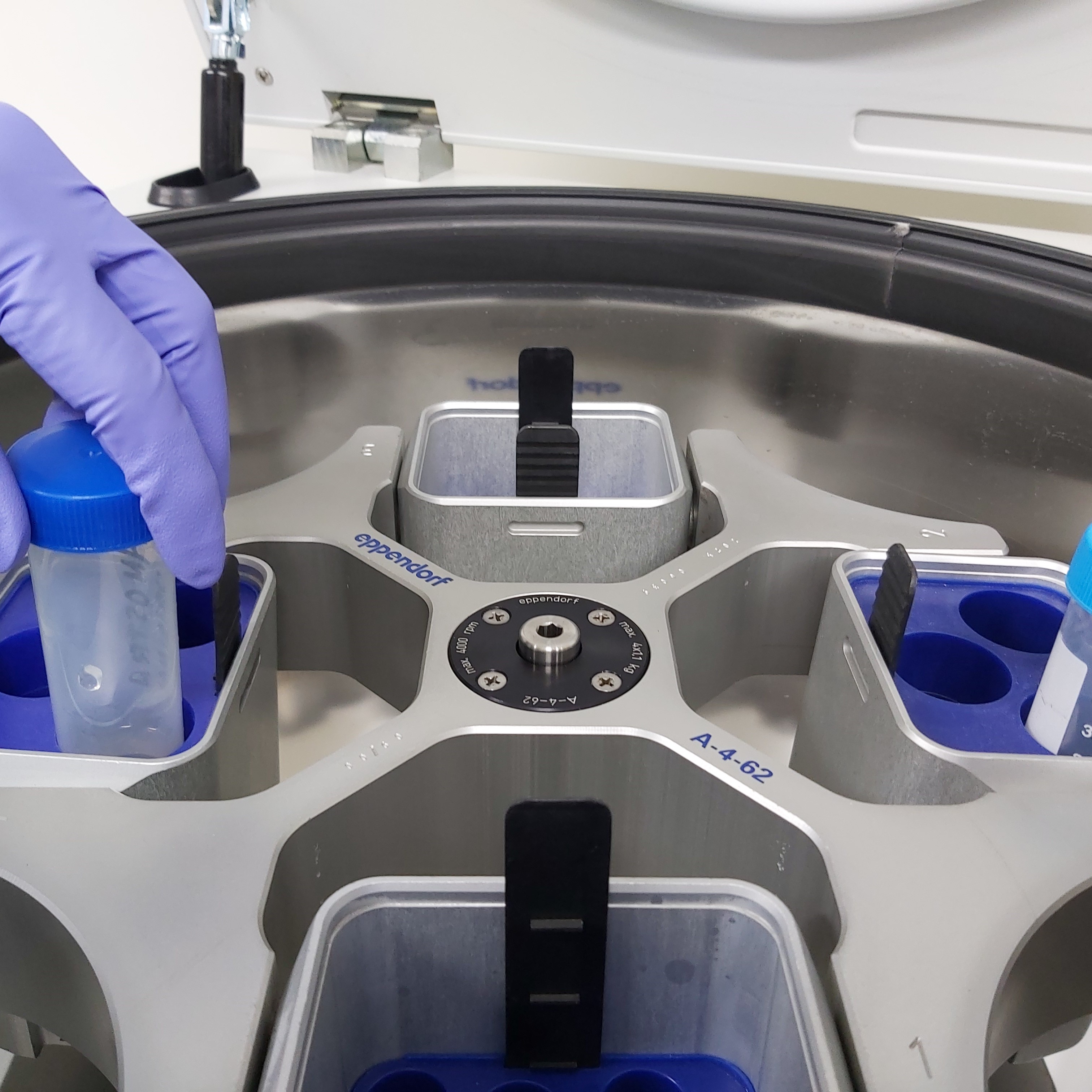




Evaluation of the resistance of the VP60-VLPs to temperature, humidity and lyophilisation.
Stability of VP60-VLPs to heat and humidity will be assessed.
The milestone of Activity 4 is the determination of the resistance of the VP60-VLPs to environment conditions.
Partners: INIAV






Testing the oral route for RHDV2-vaccine immunization of domestic and wild rabbits; Challenge with infectious virus to evaluate immunological protection conferred by the vaccine.
The ability of the VP60-VLPs to induce a protective humoral response against challenge with virulent RHDV2 will be tested in vivo at FMV. Experiments will be conducted in accordance with the national regulations for animals for experimental purposes (DL 113/2013 of 7 August).
The VLPs immunogenic properties will be tested initially in SPF domestic rabbits to reduce external variables. Once the immunogenic dose of VLPs is confirmed for domestic rabbits, wild rabbits will be orally vaccinated using the same procedure.
Blood samples will be collected and tested for RHDV2-antibodies. RHDV2-antibodies will be tested in sera by HI and the indirect ELISA developed in this project. The seroconversion curves by I-ELISA and HI test will be compared and correlated.
Challenge of orally immunized rabbits with a virulent RHDV2 strain will be carried out. The animals will be injected with a virulent RHDV2 strain, obtained from a liver extract of a victimized animal. Infectious dose will be determined.
At the end of the experiments, animals will be necropsied and submitted to histopathological examination and tested for RHDV2-RNA by RT-qPCR.
The milestone of Activity 5 is the obtainment of the seroconversion curves in domestic and wild rabbits orally immunized as well as the efficacy of the immunological protection induced by the vaccine to lethal challenge with virulent RHDV2.
Partners: INIAV - FMV/ULisboa
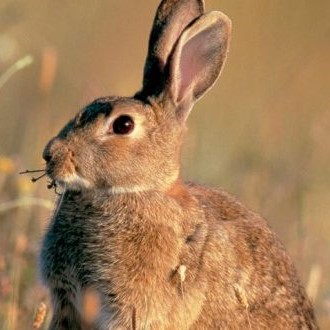
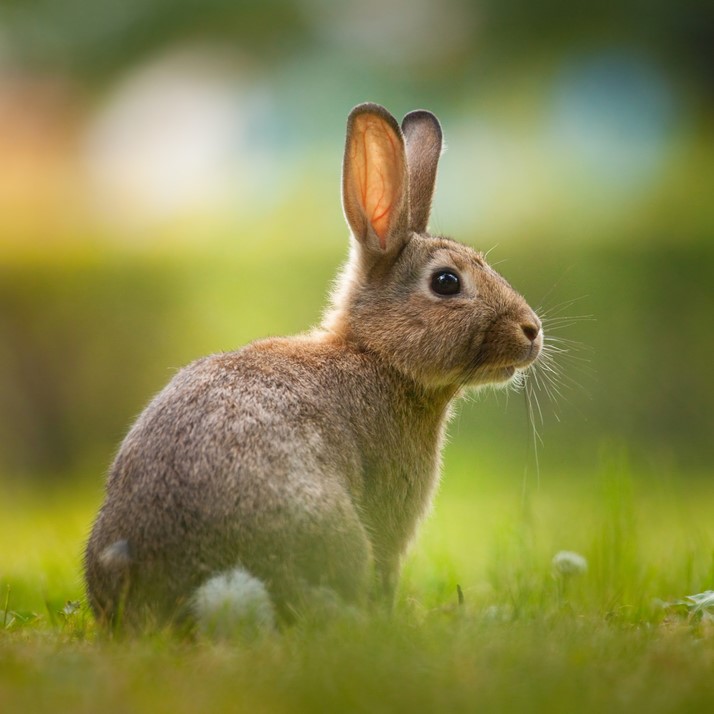




Testing the VP60-VPL-vaccine by oral route by immunization of wild rabbits kept in herd facility; Challenge with RHDV2.
This activity aims producing data on how vaccine baits are consumed in the field by wild rabbits; and on how effective the oral route is in inducing antibody protection against RHDV2.
Experimentation will be extended to a group wild rabbits in filed conditions, kept in a fence, under the supervision of the University of Évora. Wild rabbits will be acquired from a breeding centre and submitted to quarantine after screened for RHDV and RHDV2 antibodies as well as for viral RNA in blood and faeces. Each animal will be identified by an ear tag.
Experiments will be conducted in accordance with the national regulations for animals for experimental purposes (DL 113/2013 of 7 August).
To encourage bait ingestion by rabbits, a vaccine-containing highly palatable feed will be offered. Baits’ consumption will be monitored round the clock.
Animals will be protected from arthropods by regular applications of antiparasitic drug (eg Spoton).
Immune protection will be evaluated by challenging 50% of the animals that will be inoculated with a virulent RHDV2 strain. Challenge will take place under laboratory conditions.
The duration of the immunity induced by the oral vaccination will be followed during up to 6 months in the other 50% of animals. This will allow evaluating the influence of a possible heterogeneity of vaccine bait intake on immunization efficiency and immunity duration.
Antibodies will also be investigated in faecal samples by I-ELISA.
All animals will be necropsied. Histopathological and virological examination will be performed at FMV and INIAV. Virological examination will include the detection of RHDV and RHDV2 by molecular methods RT-qPCR.
The milestone of Activity 6 is to assess the appetence of wild rabbits to the bait, as well as to provide preliminary data on the level of immunization heterogeneity based on the variation of antibody titres found.
Partners: INIAV - UÉ - FMV/ULisboa
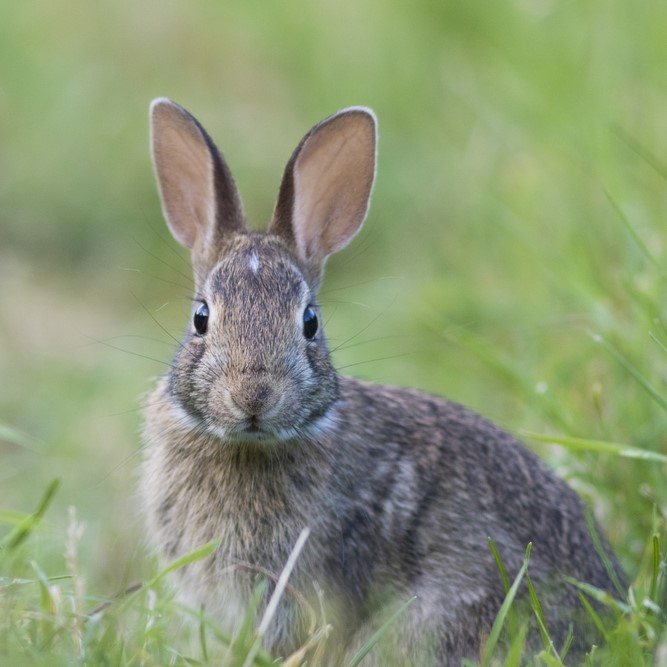
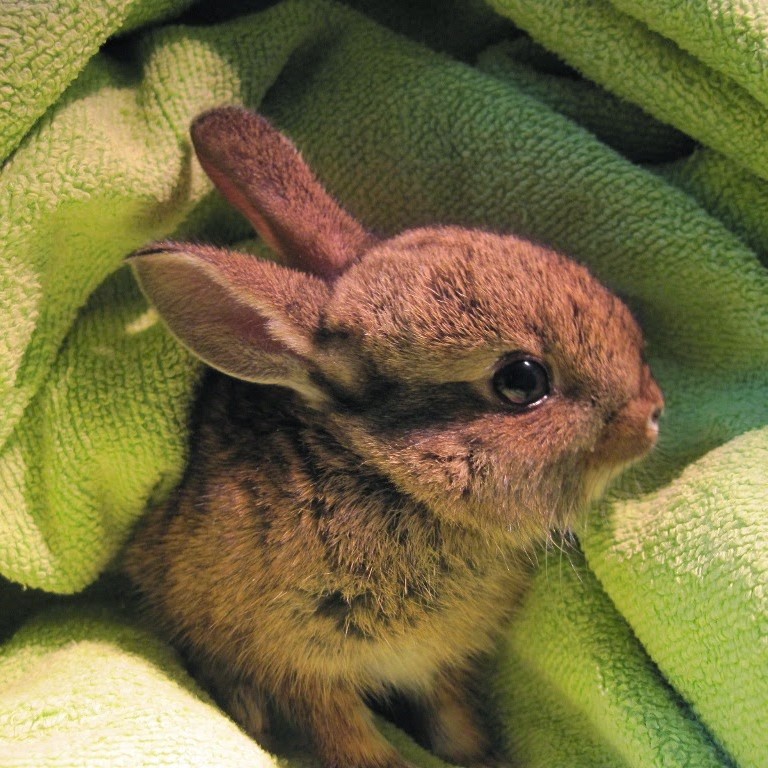




Evaluation of the duration of the immunological protection and Statistical Analysis.
This activity aims producing data on how long does the protection lasts.
The 50% of the seropositive animals that will not be submitted to the challenge with a virulent RHDV2 strain will be followed to access the duration of the immunological response. RHDV2-Ab titres will be determined by I-ELISA and HI test.
Data regarding antibody titres induced by oral vaccination and challenging (Activities 5 and 6) and duration of vaccine induced serological protection (Activity 7), as well as differences between groups, will be statically evaluated.
The milestone of Activity 7 is to evaluate the duration of the immunological response induced by the vaccine in order to predict the interval of vaccinations.
Partners: INIAV
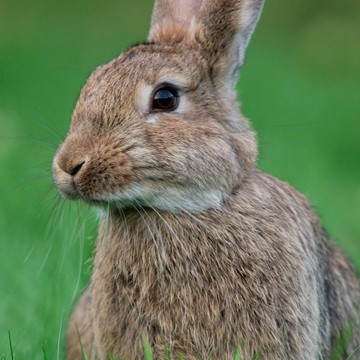 |
 |
 |
Results dissemination and Patent application.
The FIGTH-TWO results will be communicated to the public, including schoolteachers, students, science journalists, veterinaries, conservationists, hunters and citizens in general. Several means of communication may be used, namely the Internet, the press and other media, exhibitions, as well as conferences and panel discussions.
The intellectual property generated by the project will be submitted for provisional patent application and for patent application to INPI (Instituto Nacional de Patentes Industriais).
The milestone of Activity 8 is the dissemination of the results generated by Figth-Two and Patent registration of the oral vaccine prototype.
Partners: INIAV - IBET - UÉ - FMV/ULisboa
